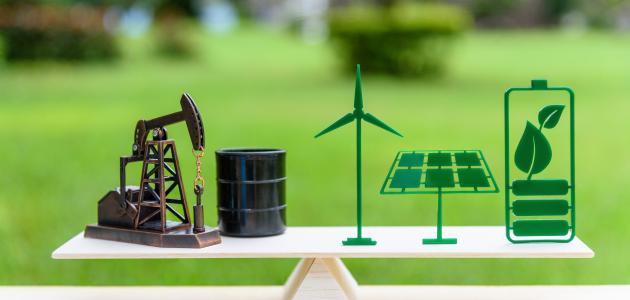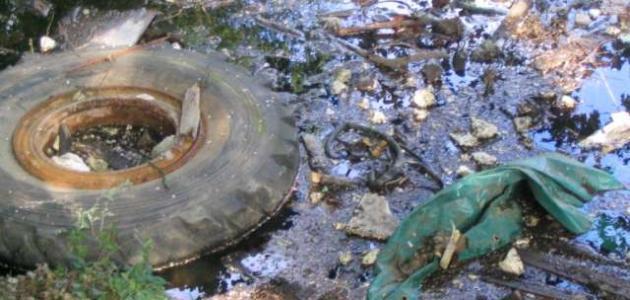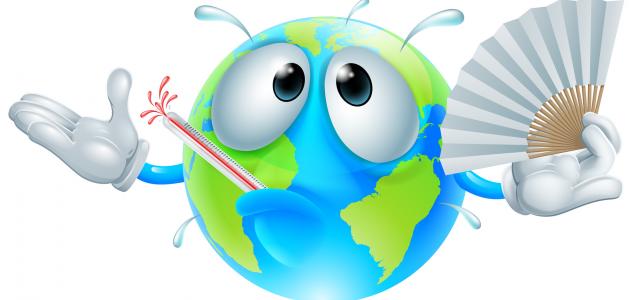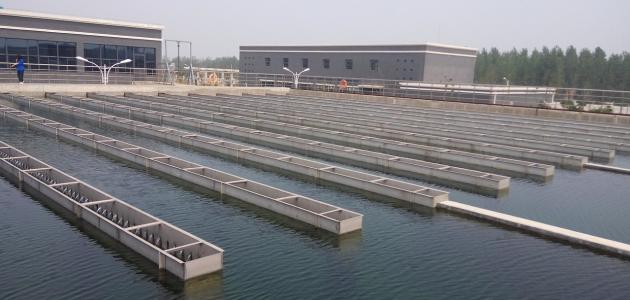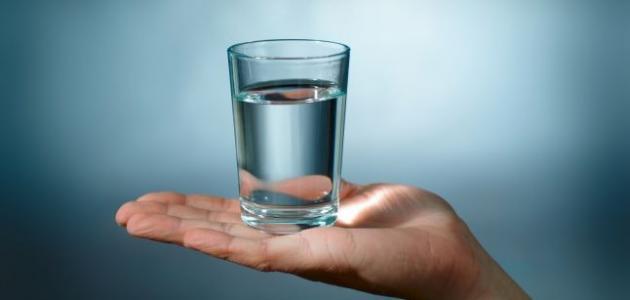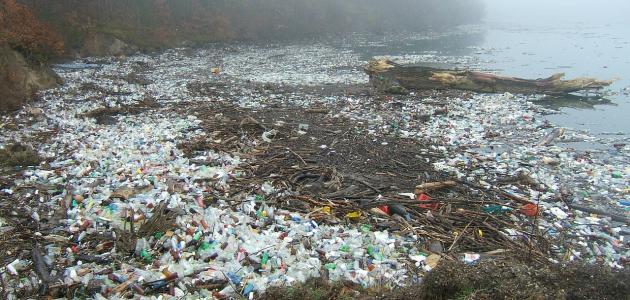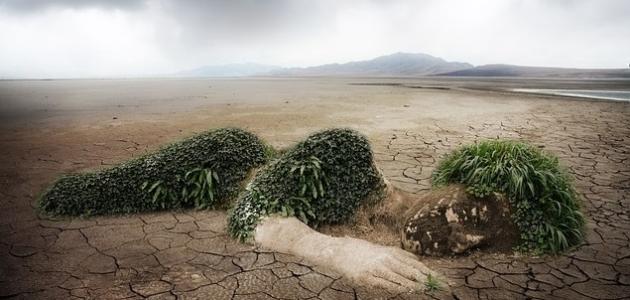water pollution solutions
Freshwater sources are exposed to pollution from a wide range of sectors, threatening human health as well as entire wildlife. Water pollutants include bulky litter and even invisible chemicals, which end up in lakes, rivers, streams, groundwater, and oceans. .
Water pollution, along with drought, inefficient use of water resources, and increasing population numbers, have contributed to creating a freshwater crisis, threatening the sources on which humanity depends for drinking and other necessary needs. Therefore, many countries have imposed laws on agricultural and industrial activities regarding dumping pollutants in lakes. And rivers, in addition to the use of drinking water treatment plants; To make it safe and fit for consumption.
Individual solutions
There are many things that can be done at the individual level to reduce water pollution in several areas, which are as follows:
- Home Business: This includes the following:
- Avoid discharging excess drinking or swimming water into the street, into rainwater drains, or into a sewage drain.
- Clean and wash the car in the garden of the house, not on the sidewalk or street.
- Throwing garbage in the designated place.
- Spread the culture of protecting rainwater from pollution among friends and neighbors, and join community programs responsible for this.
- Car maintenance: Millions of gallons of motor oil are disposed of improperly when maintaining cars, by pouring them directly on the ground or in water drains, so the correct procedures for this in the case of car maintenance at home are as follows:
- Inspect the vehicle periodically; To ensure that there is no oil leakage and repair it immediately if there is one.
- Collect and recycle used motor oil, oil filters and other automotive fluids at vehicle service centers or through spare parts stores.
- Use hay or sawdust in the event of oil spillage when changing the car. To absorb the leaking oil, then throw it in the trash.
- Garden and yard care: Several tips can be followed when caring for green spaces to contribute to reducing water pollution, which are as follows:
- Do not throw away grass clippings or tree leaves on the street, in sewage drains, or in streams, as they can be used as organic fertilizer or collected in recycling dumpsters.
- Use fertilizers and pesticides sparingly.
- Do not use fertilizers and pesticides if heavy rain is expected; Because this is useless, as the plants will only be washed and then the fertilizers and pesticides will be drawn into the drains.
- Pruning plants and removing weeds by hand; Setting animal traps or placing baits to control some animals.
- Use special flea preparations on the pets themselves instead of treating the entire garden with harmful chemicals.
- Be careful when buying household products: Using toxic or harmful household products and disposing of them incorrectly leads to pollution of rivers and streams, but some methods can be used to contribute to reducing water pollution, which are as follows:
- Purchase quantities of products only as needed.
- Use products according to the directions on the label.
- Buy paint in moderate quantities. Plan to have just enough for creative touch-ups and not for gallons of leftover paint.
- Use latex paint instead of oil paint; Because this type of paint does not require diluting it, and disposing of the single-use paint cans and brushes in the trash.
Collective solutions
The issue of water pollution requires the combined efforts of individuals and governments. Just as individuals are able to influence, governments are also obligated to take steps towards the matter and are responsible for implementing the necessary measures to ensure the protection of the world’s water resources. There are a number of solutions available that would help reduce the pollution of water sources, including: What follows:
Read also:Measures to reduce the risks of air and water pollution- green farming Agricultural activities consume 70% of water resources, so it is necessary to grow environmentally friendly crops, in addition to using an effective irrigation system. To reduce the need to use water as well as energy, green agriculture also aims to reduce the chemicals that are added to water.
- Preserving water resources: Preserving water resources plays a major role in the issue of water pollution, as water resources are scarce, so they must be cared for and managed responsibly. To ensure that the world's people have safe access to clean water.[
- Reducing plastic waste: 80% of plastic is thrown into the oceans from local sources, and to reduce the amount of plastic dumped in the oceans, the use of plastic must be reduced globally, and the management of plastic waste must be improved.
- Enforce laws and policies: Many governments in several countries have very strict laws to help reduce water pollution, and these regulations are usually applied to factories, hospitals, schools, and markets, directing them on how to dispose of and treat wastewater to avoid danger.
Polluted water treatment
Factory water treatment
Factory water is treated in water treatment plants before it is safely reused in the environment again. Factory water passes through a number of rooms to apply chemical processes to it. In order to reduce the amount of waste and its toxicity, the treatment process takes place in three stages, starting with the initial stage in which solids, suspended materials, and inorganic materials are removed using special filters, then followed by the second stage, which includes reducing organic materials using biological filters that decompose organic waste naturally. Then comes the third, final stage that must be done before the water can be used again, during which most of the remaining solids in the water are removed, and some chemicals are added to get rid of any remaining impurities.
Read also:Ecological balance and how to maintain itWastewater treatment
Wastewater is treated in the building in which it is located, instead of collecting, transporting, and treating it elsewhere, so that the wastewater flows into special tanks for each building, and there the solid materials are separated from the liquid according to their density, as the heavy particles settle to the bottom, while the lighter particles form like foam. The soap is layered on top of the tank, and biological processes are applied to analyze the solids, then the liquids flow from the tank to the ground drainage system.
Denitrification
Denitrification is an environmental method to prevent the leaching of nitrates from the soil into groundwater, which contributes to preventing groundwater contamination with nitrates, as agricultural fertilizers contain nitrogen, and bacteria present within the soil convert the nitrogen contained in fertilizers into nitrates. To make fertilizers easily absorbable by plants, then followed by a stabilization process that makes nitrates part of the organic matter of the soil. When oxygen levels in the soil decrease, another type of bacteria appears that converts nitrates into gases, such as: nitrogen gas, nitrous oxide gas, and dioxide gas. Nitrogen. This process is called denitrification, which means preventing nitrates from seeping through the soil layers and reaching groundwater and polluting it.
Ozone treatment
Ozone is used in water treatment, so that the ozone generator breaks down pollutants present in water sources by using ultraviolet rays or electrical discharge, by converting oxygen into ozone, as the reactive nature of ozone oxidizes bacteria, organic materials, and other pollutants present in the water, as well as some substances. Such as: iron and sulfur.
Read also:Causes of food contaminationThe ozone method of treating water is characterized by the absence of an unpleasant odor or any residues or sediments resulting from the treatment process. Ozone also turns back into oxygen quickly, so it does not leave any trace in the water. However, this method has drawbacks that include the need for electrical energy, which affects the Its cost, and if electrical power is not available, treatment cannot begin. In addition, the treatment process in this way is unable to remove minerals and dissolved salts, and sometimes the process can produce by-products such as bromate compounds that must be managed and controlled well. Because it is harmful to human health.
